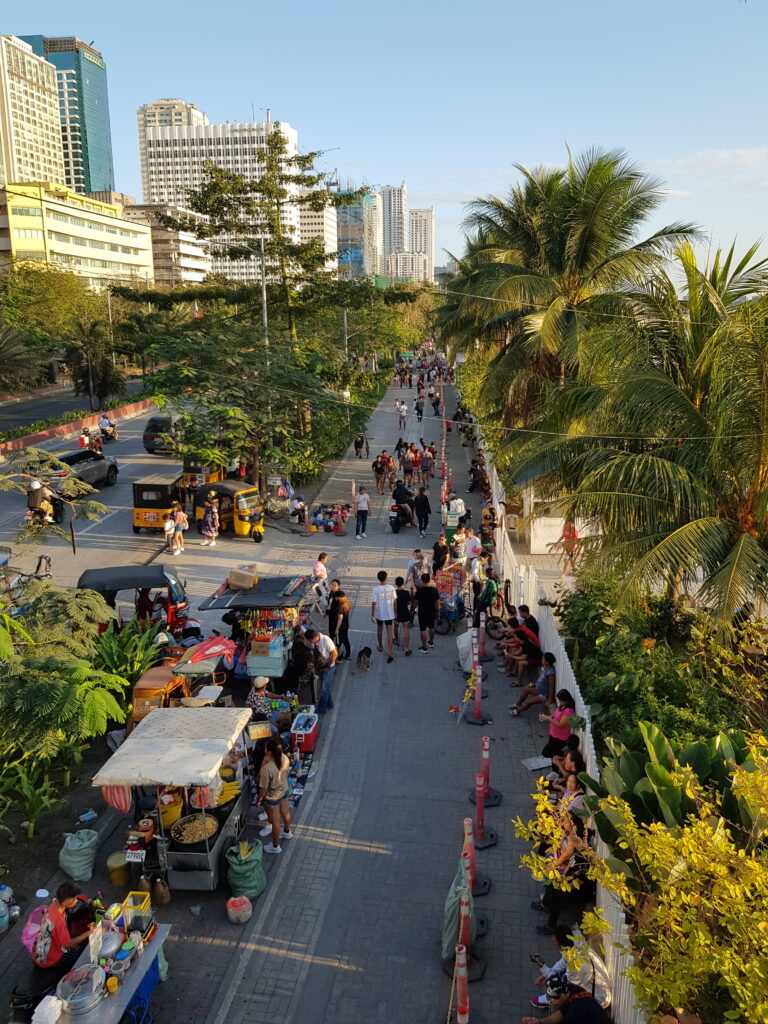
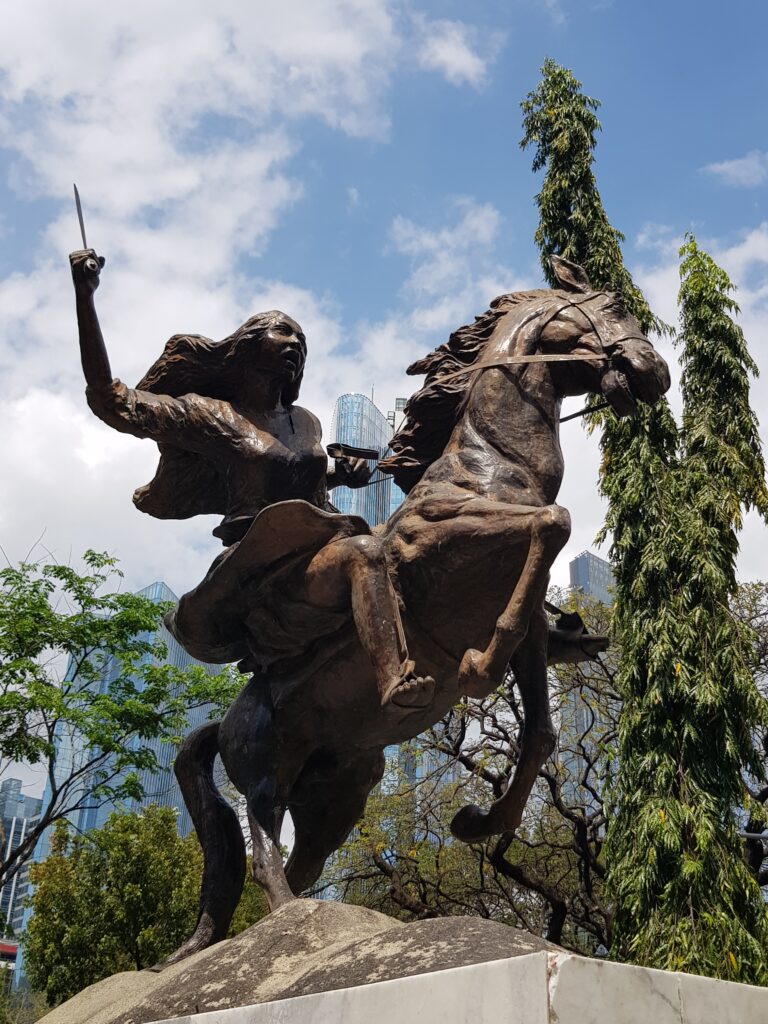
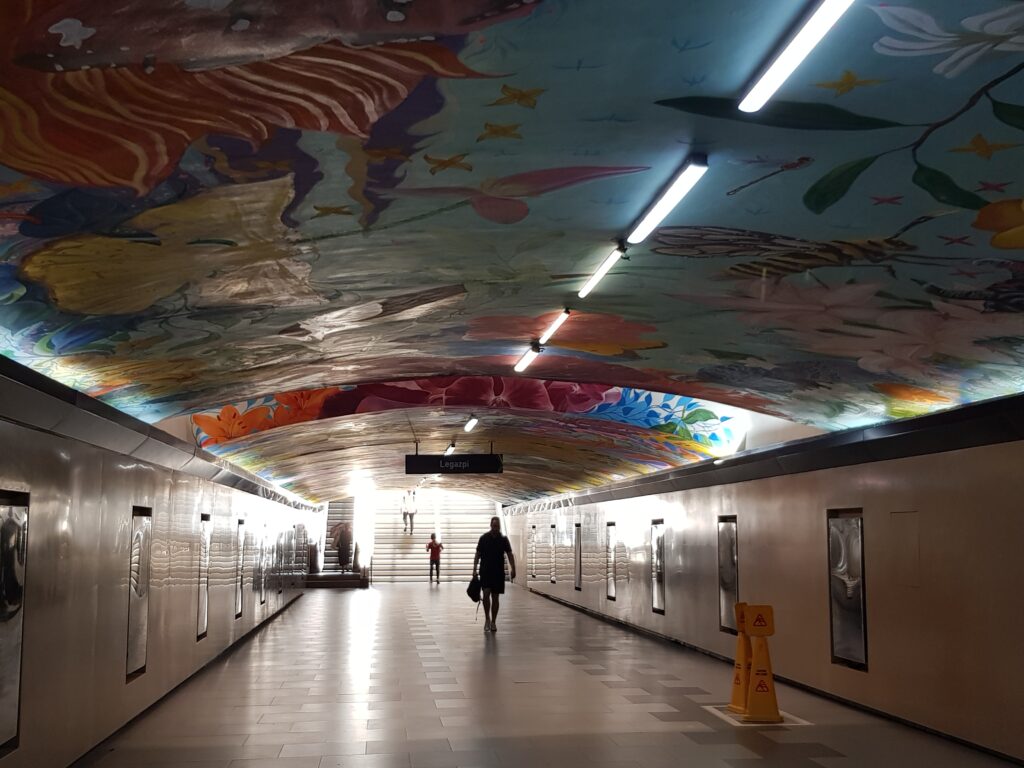
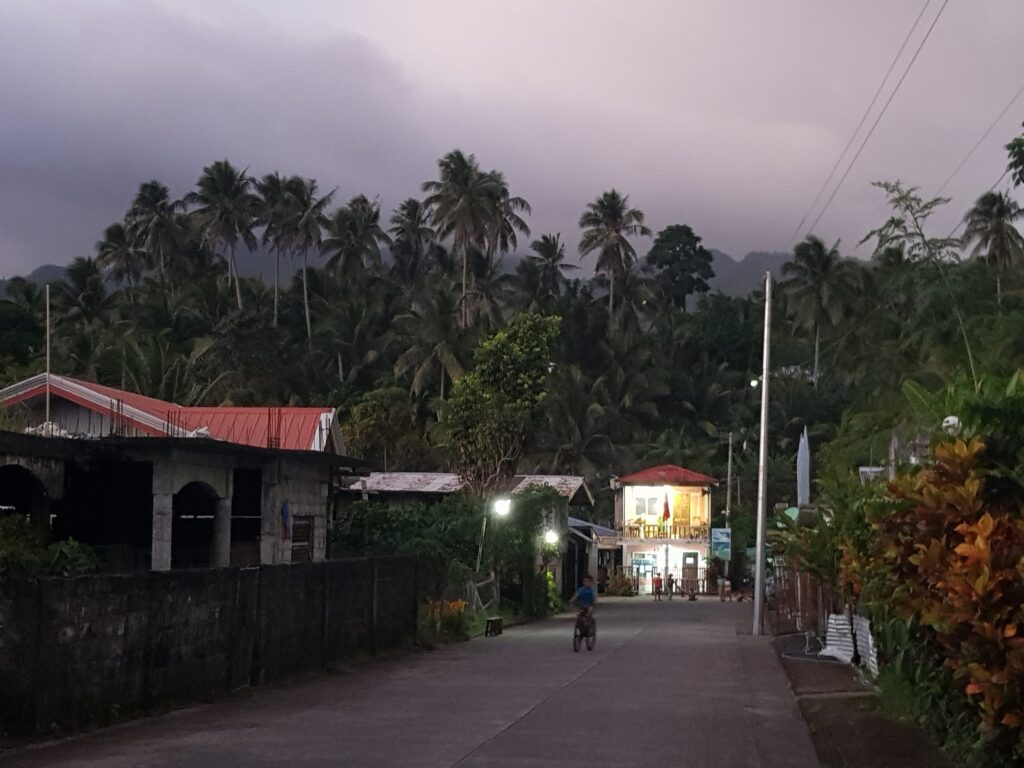
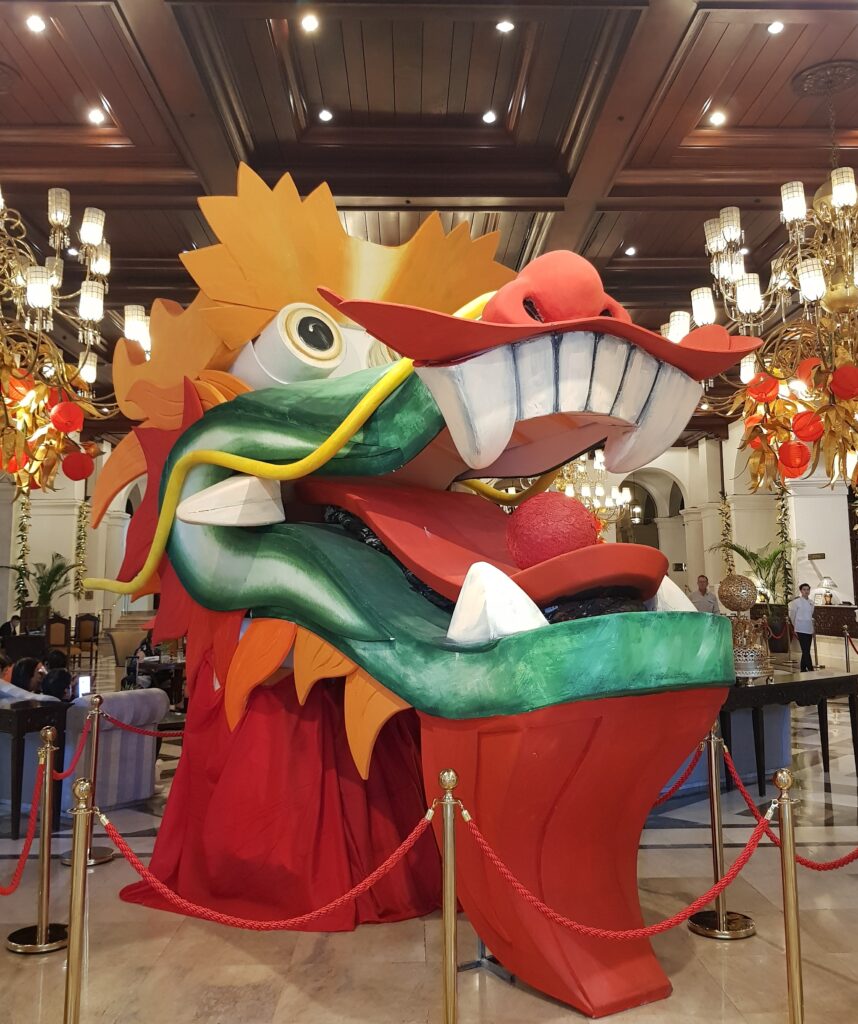
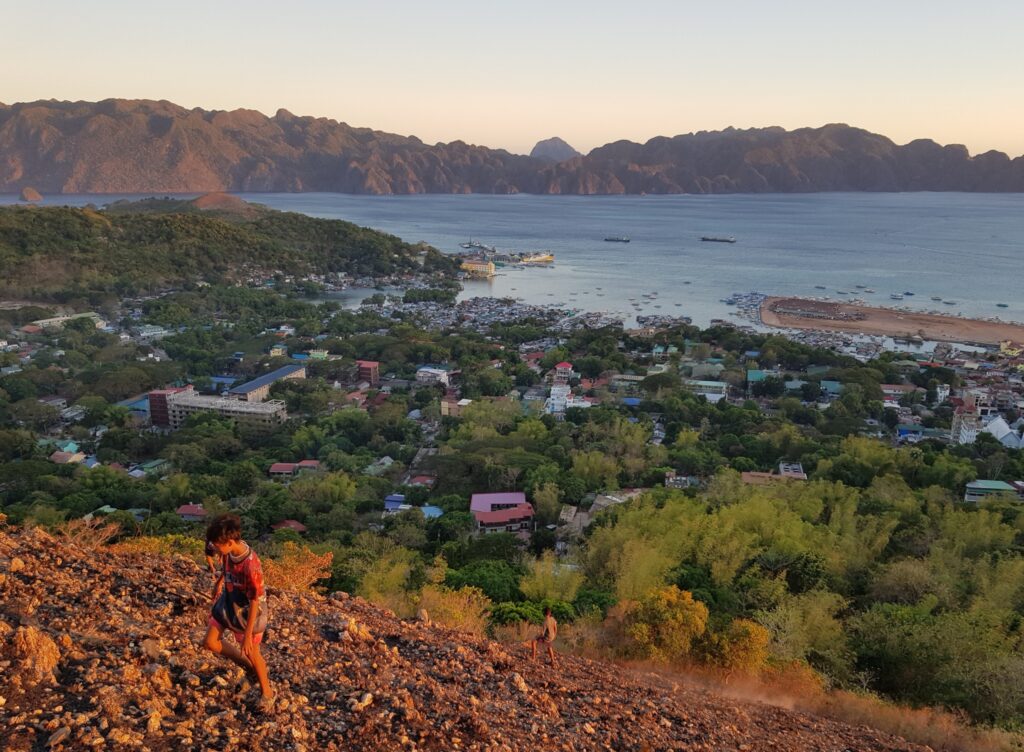
Land & People in the Philippines
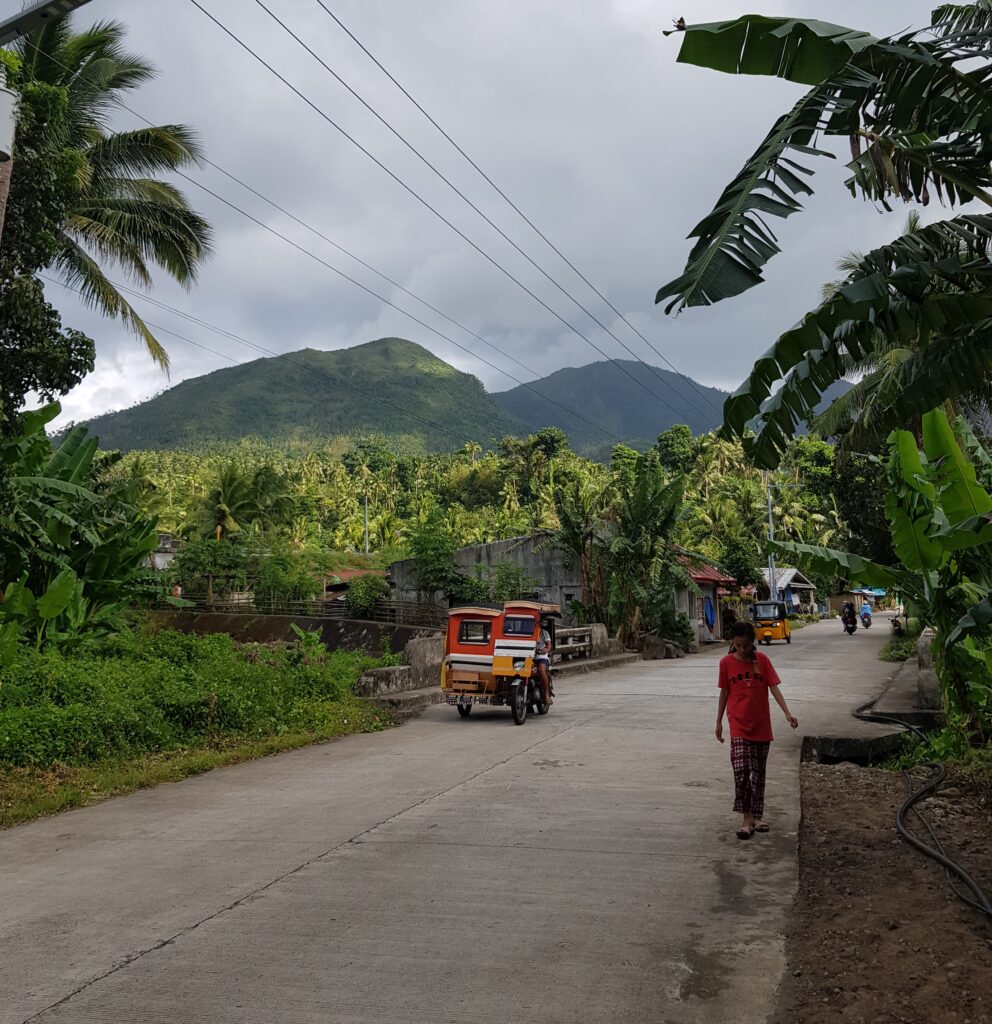
People
We found Filipinos to be exceptionally open, warm, and helpful. Whether in the bustling capital Manila or in rural areas, visitors are usually greeted with a smile. Family, community, and religion play a central role in everyday Filipino life.
Geographically located in Southeast Asia, the Philippines is a melting pot of various influences: Malay, Chinese, Spanish, and American. All of these cultures have left their mark, which can still be seen in daily life today. Especially in the language: over 100 ethnic groups speak more than 170 different languages and dialects – a remarkable diversity.
As a legacy of the Encomienda system, the colonial rule and economic system of the Spaniards from the mid-16th century onward, there is a small but very influential upper class in the Philippines, while a significant portion of the population lives under simple or precarious conditions. The gap between rich and poor is large and visible in many places, such as Manila. Social mobility is possible but often tied to education, connections, and economic opportunities.
In Manila’s business district Makati, we discovered an impressive statue of Gabriela Silang (1731–1763). Silang was an important Filipino freedom fighter and national heroine. She is considered the first woman to lead an armed uprising against Spanish colonial rule in the Philippines.
Religion in the Philippines is also a legacy of over 300 years of Spanish colonial rule. The majority of the Filipino population, about 117 million people, are Christian – around 80 % belong to the Roman Catholic Church. Other groups identify as Protestant or belong to smaller Christian churches. Islam also has a significant presence, especially in the southern part of the country on Mindanao.
Numerous indigenous peoples still live in the Philippines today, deeply rooted in the history and culture of the archipelago. These native groups mainly inhabit remote mountainous regions and forests on islands such as Luzon, Mindoro, and Mindanao. They make up about 10-15 % of the total population, speak their own languages, maintain unique customs, and preserve their traditional way of life to this day.
Manila
Our experience with Manila, the capital of the Philippines with about 23 million inhabitants (Greater Metro Manila), can be summed up as follows:
The first time, we wanted to leave right away because of the chaotic impression. The second time, we stayed in a quiet neighborhood – and would have liked to stay longer. Sometimes you just have to find the right spot first. Maybe it’s the mix of both that makes a city special.
It’s amazing how different it can feel, depending on where you are. We started right in the bustling old town, visited Intramuros and the cathedral, relaxed in Rizal Park, and strolled along Roxas Boulevard. In Binondo, Manila’s Chinatown, we experienced the Chinese New Year celebrations. Culturally, everything was extremely interesting, but we often felt stressed by the hectic and dense traffic, unpleasant smells, polluted air, constant noise, and exhausting crowds – a challenge for all the senses at once.
Only a Filipino woman pointed out to us that to experience Manila calmly, we should visit very different neighborhoods. We took that advice on our second visit and ended up in Makati. Although Makati is also in the center of the Metro Manila region and considered the economic and financial hub of the Philippines, it looks completely different here: everything appears well-kept, very green, and relatively quiet.
Normally, we avoid shopping malls, but the Greenbelt Shopping Mall is truly an experience – not necessarily because of the many restaurants and shops (although they do show interesting things, like traditional Filipino clothing), but especially because of the beautiful green spaces outside – lots of trees, bushes, flowers, and ponds with fish that invite you to linger. The mall currently consists of five sections and covers a total area of 12 hectares.
Fort Bonifacio was also recommended to us, but we didn’t manage to visit that district due to time constraints.
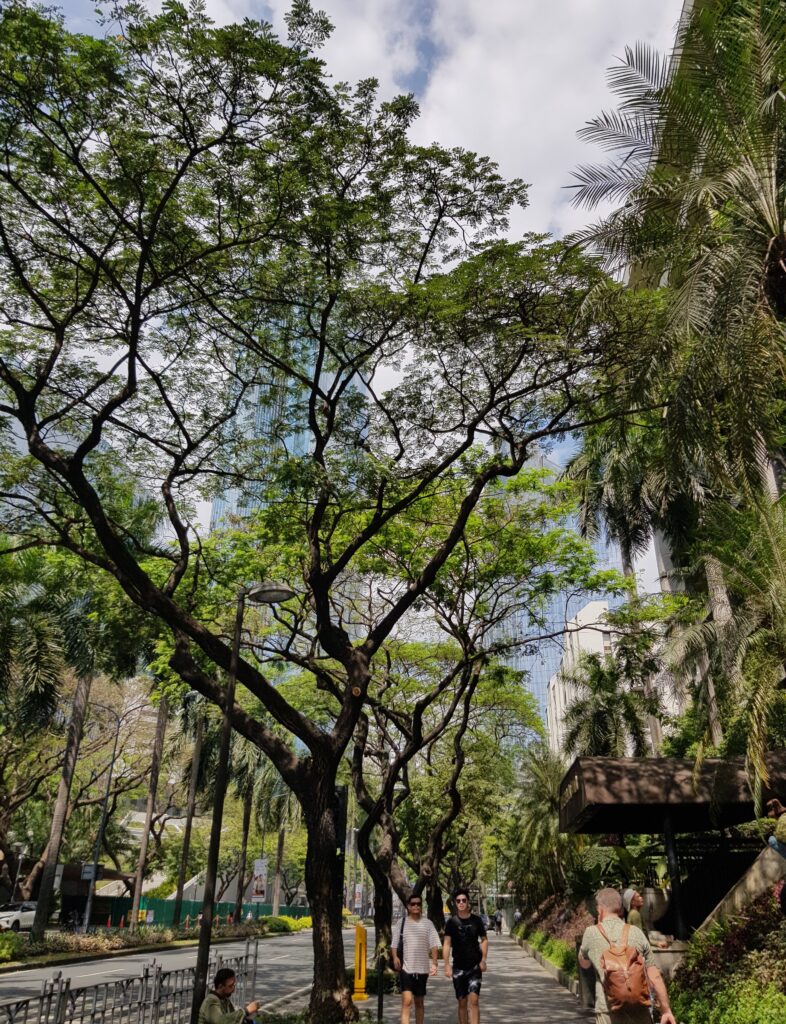
Pintuyan
The municipality of Pintuyan is located on Panaon Island in the province of Southern Leyte. Like many other Filipino towns and municipalities, it consists of several barangays, smaller administrative units. We spent quite some time in the Poblacion Ubos area, which felt more like a village. We often ate and shopped there. Tourists are rare, so we definitely stood out.
Once, we wanted to try the local barber. Since we didn’t speak Cebuano and the barber didn’t speak English, we simply communicated with gestures, which worked surprisingly well. For the other customers, who reacted with amusement and curiosity, our visit was apparently a small event: a foreigner getting a haircut! It was entertaining for both sides – and we got an excellent haircut.
By the way, Cebuano is the native language of the people of Southern Leyte and the second most widely spoken language in the Philippines. The most widely spoken indigenous language is Tagalog.
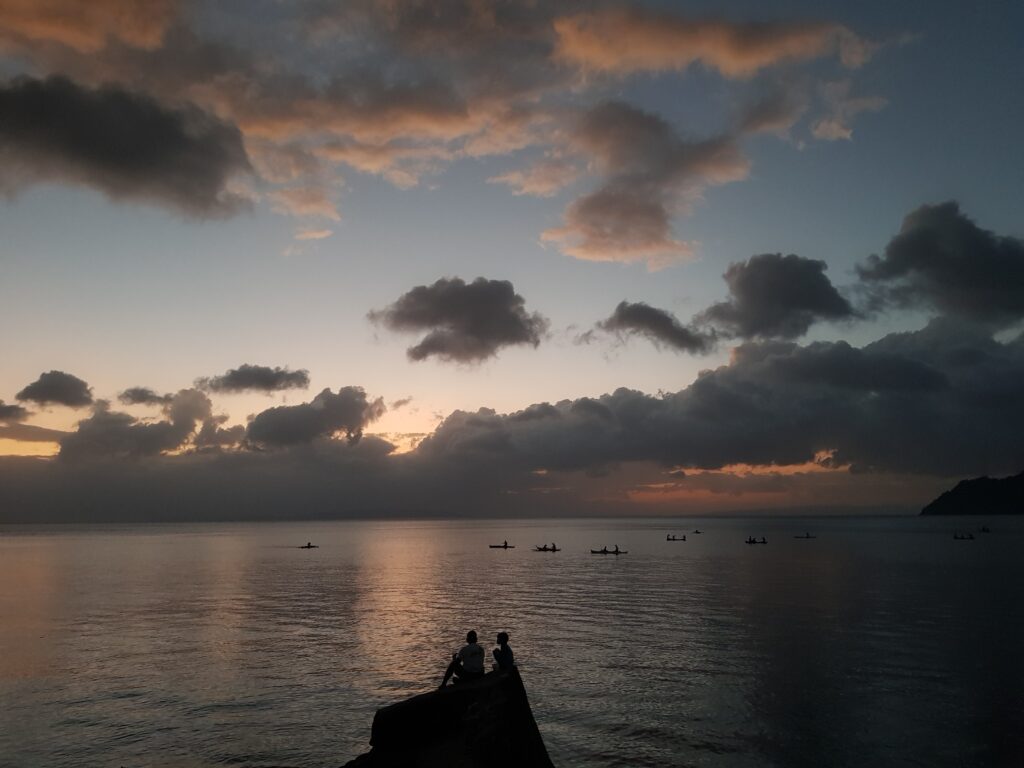




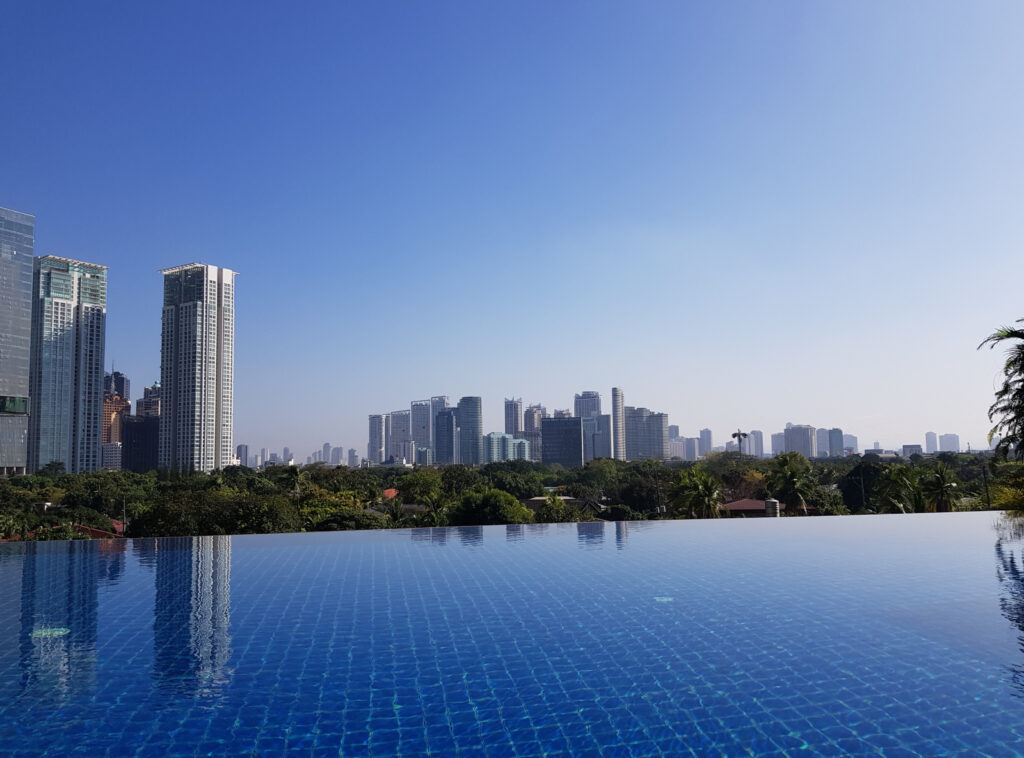
Leave a Reply